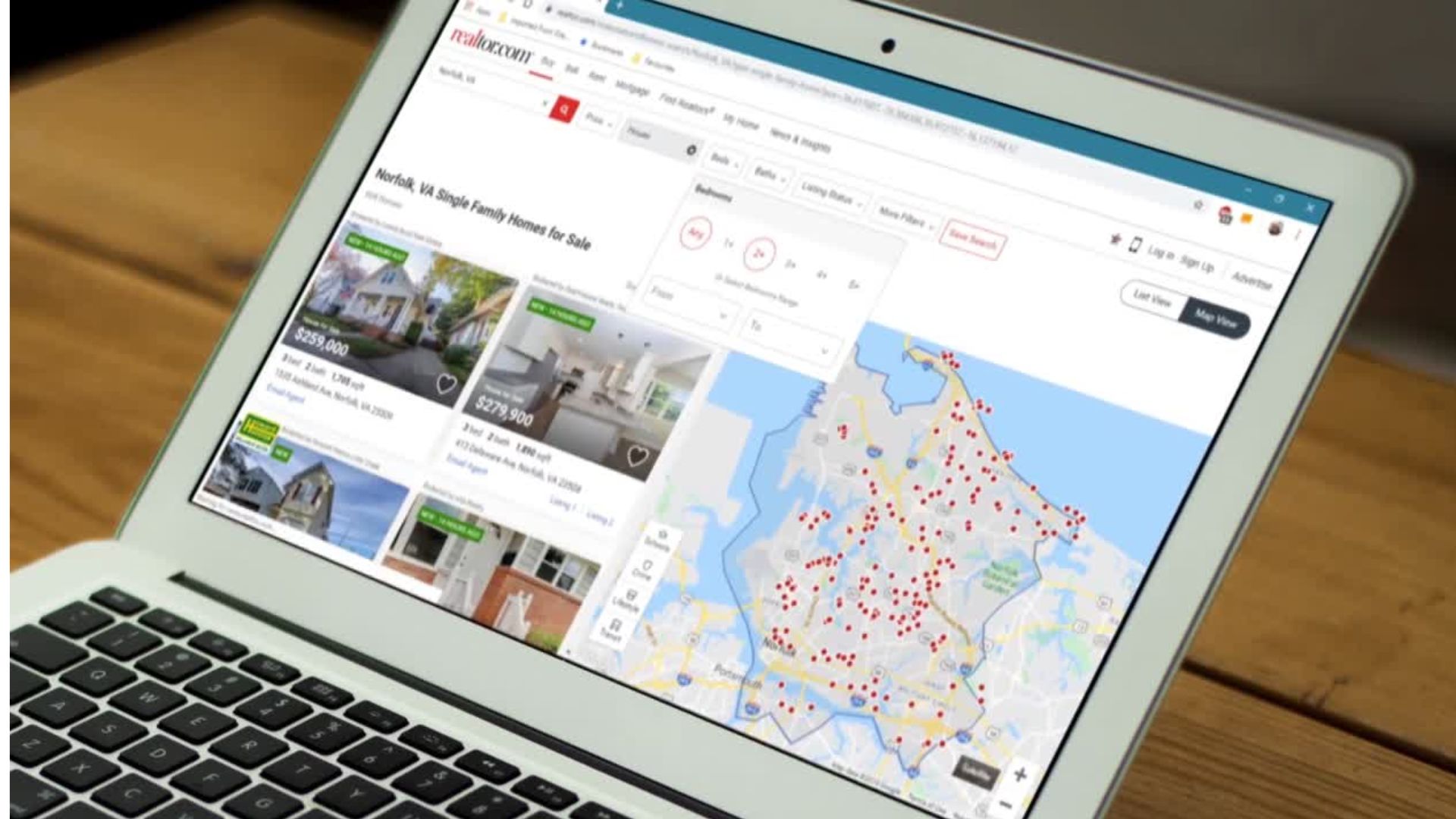Internet Access in Remote New Zealand: Overcoming Geographical Barriers
Category : Telecommunication Industry | Sub Category : Telecommunication Industry Posted on 2025-04-26 09:49:40

A
distinctive quality of life and stunning vistas may be found in New Zealand's
untamed landscapes, which include vast rural areas, lush forests, and towering
mountains. However, especially in isolated areas, these same topographical
characteristics pose serious obstacles to internet availability. Although it is
becoming more widely acknowledged that having access to dependable internet is
essential, many rural parts of New Zealand continue to have limited or poor
connections. In addition to promoting social inclusion, economic prosperity,
and education, closing this digital divide is essential for empowering
individuals.
In
New Zealand, the main barrier to broad internet access is geography.
Traditional infrastructure, such as fiber-optic cables, is not economically
viable for internet service providers (ISPs) in distant areas due to sparse
populations. Furthermore, logistical difficulties are made worse by the
difficult terrain and remote locations of certain villages. Due to these
obstacles, a large number of locals are forced to rely on antiquated copper
networks or satellite connections, which can be costly and provide slower
speeds than metropolitan broadband providers.
Notwithstanding
these obstacles, a number of projects seek to enhance internet connectivity in
New Zealand's more rural regions. In underserved areas, the government's Rural
internet Initiative (RBI) has played a key role in implementing better fixed
and wireless internet options. Furthermore, even the most remote areas may now
get high-speed internet thanks to satellite internet providers like Starlink.
Additionally promising are developments in 5G technology, which will provide
faster and more dependable wireless internet in places where running cables is
not feasible.
Remote
villages might undergo radical change as a result of better internet
connection. Precision agricultural technology allow farmers to maximize yields
and minimize waste, and e-commerce gives small enterprises access to a larger
market. Because students have access to a multitude of digital materials and
may engage in online learning platforms, education also gains a great deal.
Another crucial use is telehealth services, which allow locals in isolated
locations to consult with doctors without having to make lengthy trips.
Although
there has been progress, continued investment and innovation are needed to
ensure that everyone in New Zealand has fair access to the internet. To provide
affordable solutions that are suited to the particular difficulties faced by
distant locations, partnerships between the public and commercial sectors as
well as local communities are crucial. Another important role will be played by
subsidies for low-income households and ongoing support for technical
developments in satellite and wireless communication.
More
than just a technical issue, internet connection in distant New Zealand is a
question of opportunity and equality. Rural towns may reach their full
potential and prosper in an increasingly digital world by overcoming geographic
hurdles to connectivity. Even the most remote citizens of New Zealand may be
included in the global digital ecosystem with calculated efforts and creative
solutions.
Search
Categories
Recent News
- Business UFB in New Zealand: Unlocking Opportunities for Growth
- UFB New Zealand: Transforming Connectivity Nationwide
- Smartphone Plans: Finding the Perfect Fit for Your Digital Lifestyle
- Unlimited Smartphone Plans: Liberating Your Mobile Experience
- Wireless Connectivity: Bridging the Gap in the Digital Era
- Cellular Mobile Networks: Empowering Connectivity on the Go
- Cellular Mobile Networks: Empowering Connectivity on the Go
- Unlimited 4G Data Included: Embracing Connectivity Without Limits